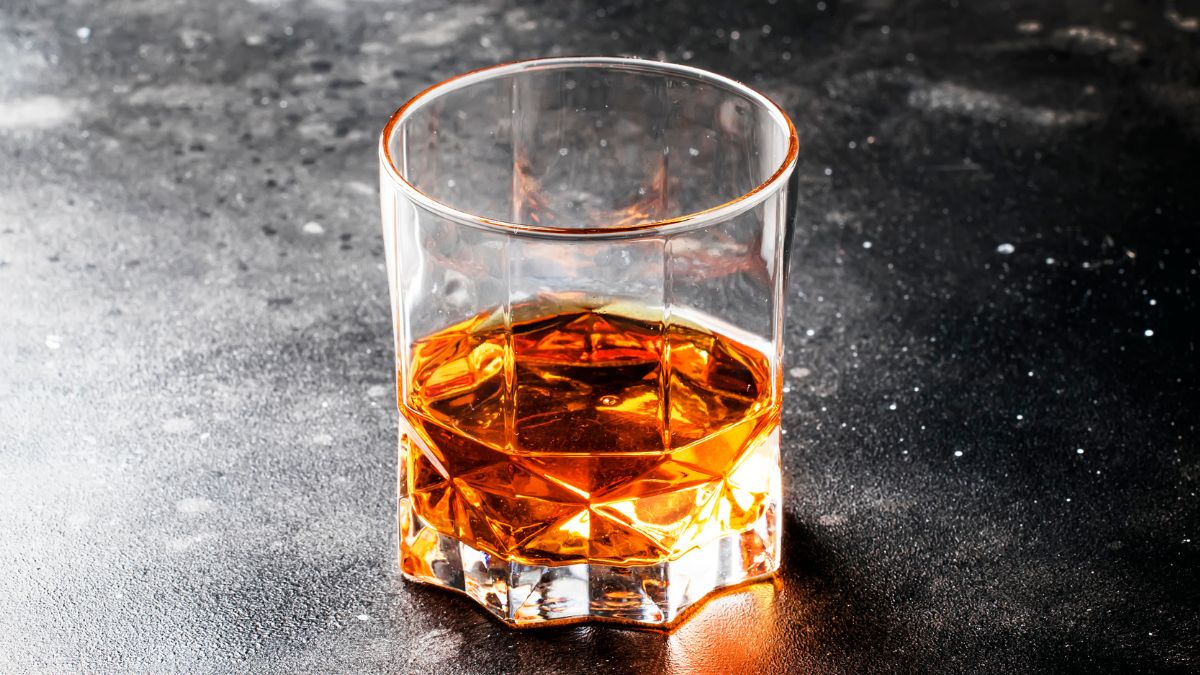
The topic of the Kentucky Whiskey Bankruptcy has sparked a surge of interest, becoming a trending search on Google as enthusiasts and industry watchers alike seek to understand the full scope of this unfolding crisis. The collapse of some of Kentucky’s most renowned distilleries signals not just a financial shake-up but a pivotal moment in the future of American bourbon.
ALSO READ. After bankruptcy, more than 100 JC Penney stores are being sold: What will happen to them?
Why Is Kentucky’s Whiskey Industry Facing a Major Bankruptcy Crisis?
Kentucky’s legendary whiskey industry, long considered a pillar of American craftsmanship, is now experiencing its most severe downturn in decades. Over the past eight months, three major Kentucky distilleries have filed for bankruptcy, exposing deep vulnerabilities in an industry that contributes $9 billion annually to the state’s economy.
The affected distilleries include:
- LMD Holdings (Luca Mariano Distillery), saddled with over $25 million in debt.
- Garrard County Distilling, grappling with nearly $26 million in liabilities.
- Kentucky Owl, owned by Stoli Group, which has sought bankruptcy protection to manage millions in outstanding obligations.
But the crisis doesn’t end with these names. It ripples through Kentucky’s broader whiskey ecosystem, threatening over 23,000 jobs and $1.6 billion in wages, as even industry giants like Brown-Forman and Diageo resort to mass layoffs and operational shutdowns.
What Factors Triggered the Kentucky Whiskey Bankruptcy?
The roots of the Kentucky Whiskey Bankruptcy can be traced to a dangerous blend of overproduction and changing consumer behaviors. The bourbon boom of the 2000s saw distilleries aggressively expand production, leading to a surplus that now stands at 14.3 million barrels of aging whiskey — more than two barrels for every Kentuckian.
Yet, demand has failed to keep pace. In 2024, American whiskey sales fell by 1.8%, totaling $5.2 billion. A key driver of this slump is the shift in drinking habits among Gen Z consumers, who are moving away from traditional high-proof bourbons in favor of ready-to-drink (RTD) canned cocktails and lighter alcoholic options like hard seltzers.
Platforms like TikTok have accelerated this trend, where viral content glorifies sweeter, lower-alcohol beverages, making whiskey appear outdated to younger audiences. As a result, bourbon’s cultural cachet has eroded, particularly among consumers under 35, whose alcohol consumption has declined from 72% in the early 2000s to 62% today.
How Have Trade Disputes Intensified the Crisis for Kentucky Whiskey?
On top of domestic challenges, international trade conflicts have compounded the industry’s woes. Kentucky bourbon producers, who rely heavily on exports, have been ensnared in retaliatory tariffs from key markets:
- Canada, purchasing $40 million of Kentucky bourbon annually, imposed tariffs in response to former President Donald Trump’s trade levies, leading Ontario retailers to remove American spirits from shelves. Michter’s distillery reported $115,000 in lost Canadian orders.
- The European Union has threatened a 50% tariff on American whiskey, though implementation has been postponed amidst ongoing trade negotiations. Still, the memory of a 35% EU tariff in 2020, which caused a sharp decline in exports, looms large over the industry.
These trade disputes have not only cut into revenue streams but have also highlighted the risky overextensions distilleries made during the boom years, as many took on unsustainable levels of debt in anticipation of ever-increasing global demand.
Which Kentucky Distilleries Have Filed for Bankruptcy?
Several high-profile Kentucky distilleries have already succumbed to bankruptcy filings in recent months:
- LMD Holdings, the parent company of Luca Mariano Distillery, filed for Chapter 11 bankruptcy in Michigan, with debts exceeding $25 million. Owner Francesco Viola stated that the filing was designed to “maximize the value of the assets for all stakeholders” and that the company is “poised to emerge successfully, ideally with the support of its employees, customers, community and creditors.”
- Garrard County Distilling, a $250 million independent distillery, entered receivership and ceased operations in April 2025 due to unpaid debts.
- Kentucky Owl, a subsidiary of Stoli Group USA, filed for bankruptcy after facing a slump in spirits demand and a devastating cyberattack that crippled operations.
Even more established brands like Wild Turkey have not been spared. Its owner, Campari Group, reported an 8.1% decline in sales of Wild Turkey and Russell’s Reserve in the United States.
How Is the Broader Spirits Industry Responding to This Crisis?
The financial fallout has extended well beyond Kentucky, affecting the national spirits landscape. In January, Brown-Forman, the parent company of Jack Daniel’s, announced it would cut 12% of its workforce and shutter a barrel-making plant in Louisville.
The Distilled Spirits Council of the United States has emphasized that these “hardships facing distilleries are not unique to those just in Kentucky,” underlining that the entire industry’s future hinges on resolving ongoing trade disputes and adapting to evolving consumer preferences.
Industry experts are now advocating for several measures to help stabilize the sector:
- A pivot towards sustainable production to avoid future inventory gluts.
- Development of bourbon tourism experiences to drive domestic revenue.
- Expansion into the ready-to-drink (RTD) market to cater to younger audiences seeking convenience and lower alcohol content.









